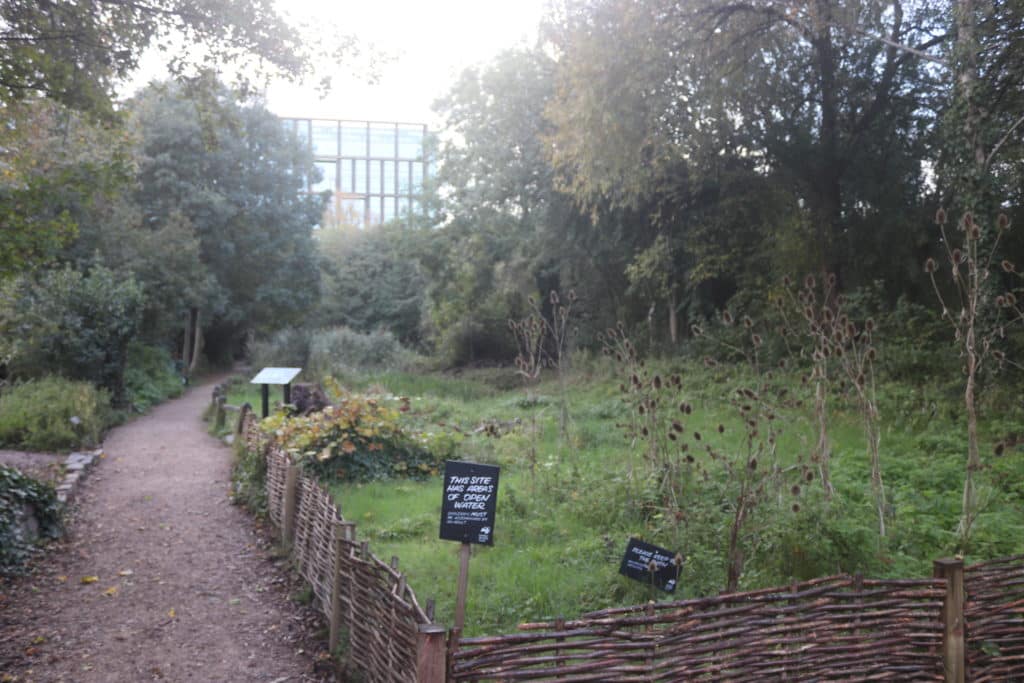
It might have been the first event under the monicker ‘London Day of Nature’ (LDN), but the ideas discussed at Camley Street Natural Park on Saturday 28th October 2023 were far from rudimentary. The London Wildlife Trust (LWT) nature reserve was the perfect new setting for a day of some of the most rousing conversation on conservation and collective action that I have been part of. Thank you to everyone who attended, asked insightful and important questions and to those who wanted to continue the discussion after the event. Another huge thank you goes out to the LWT staff who helped the day to run as smoothly as it did.
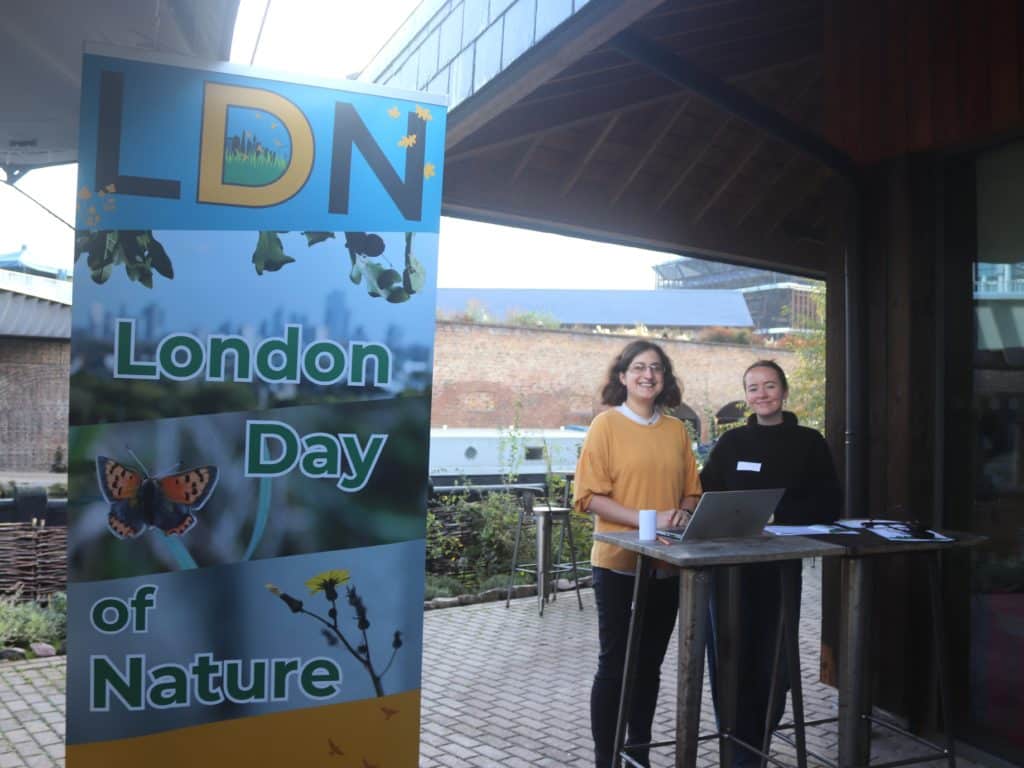
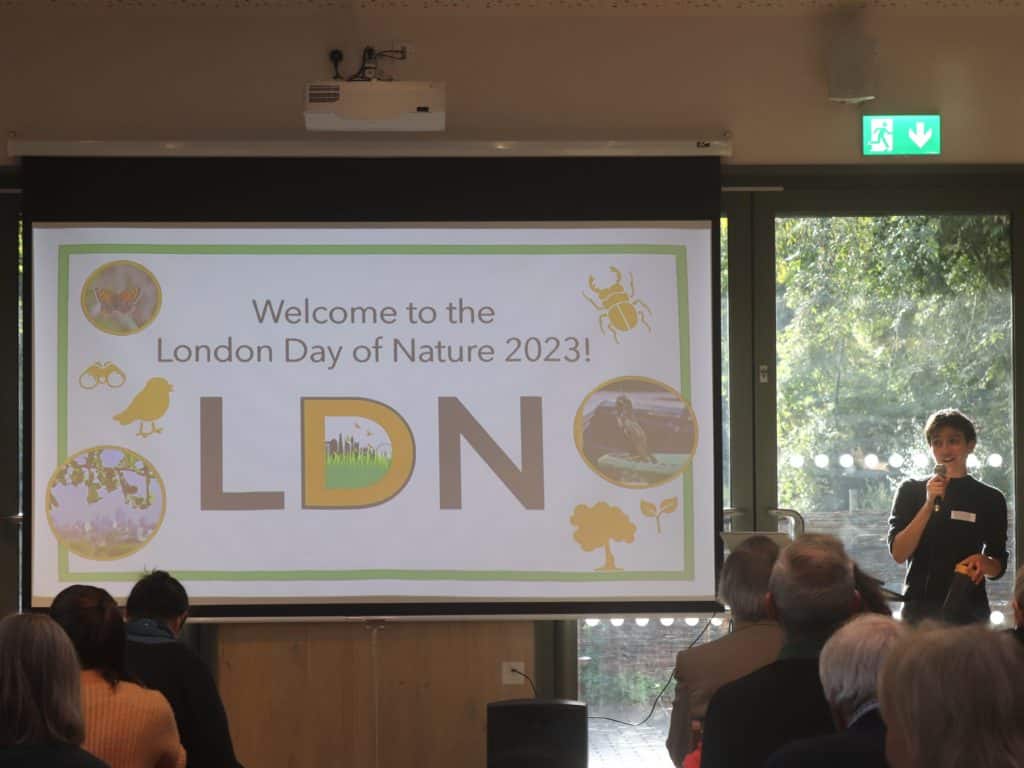
Traditional methods of recording can bring fresh takes to old knowledge
The day kicked off with GiGL’s CEO, Mandy Rudd, introducing our new venue and name as well as our first speaker, long-time collaborator and presenter extraordinaire, Dr Mark Spencer. Mark’s talk immediately set a key theme for the day – utilising good data to set an environmental baseline. Mark is leading a campaign to produce biological records from the Historical Flora of Middlesex (1975). Using this new, old knowledge, he has uncovered intriguing trends (often declines) of some of London’s key species. In among the kitsch comments left in old journals – hemp agrimony being ‘rather rare’ – came the stark message, ‘London’s native and archaeophyte flora is in the midst of an extinction crisis’.
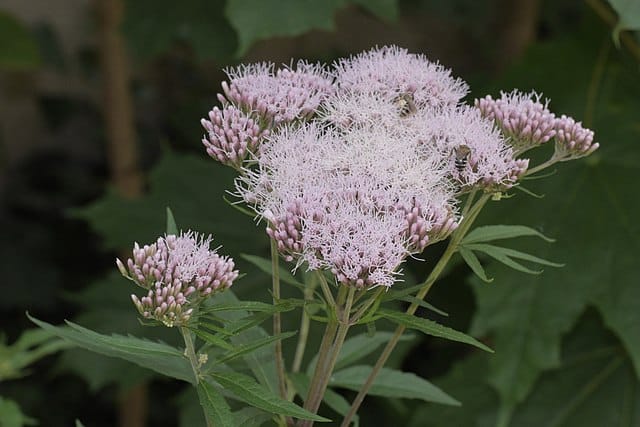
Work to tease meaning and good data from existing knowledge is vital to our understanding of how, when and what changes have occurred to London’s floral composition over time. Only when armed with this understanding and crucially, a solid baseline, can we ask the corollary of ‘why has this happened’ and begin to create targets and improvement plans. Mark has been instrumental in creating the London Priority Species List (LPSL) and the longer London Species of Conservation Concern (LSOCC), both of which he believes need revision, i.e., to incorporate IUCN Red List categories. Having recently attended Mark’s course on identifying flora in their vegetative state at Perivale Woods, I can personally attest to his vast botanical knowledge and that there are few people better able to make such claims.
One of our other two speakers from London Natural History Society (LNHS) was responsible for me being able to attend Mark’s brilliant course – Keiron Derek Brown continues to do more in his day than I manage in a week. In addition to providing brilliant upskilling opportunities through the Biological Recording Company, Keiron spoke about his hugely successful EntoLive series that brings the latest invertebrate research to the general public. Keiron spoke passionately to the need to provide more educational opportunities to people who care about nature so that they can develop their interest into a hobby or profession. Keiron is also a great supporter of Local Environmental Record Centres (LERCs) and through running recording days across London, he is helping to generate new data that is shared with GiGL through iRecord and site managers so that data-evidenced actions can be taken on-site.
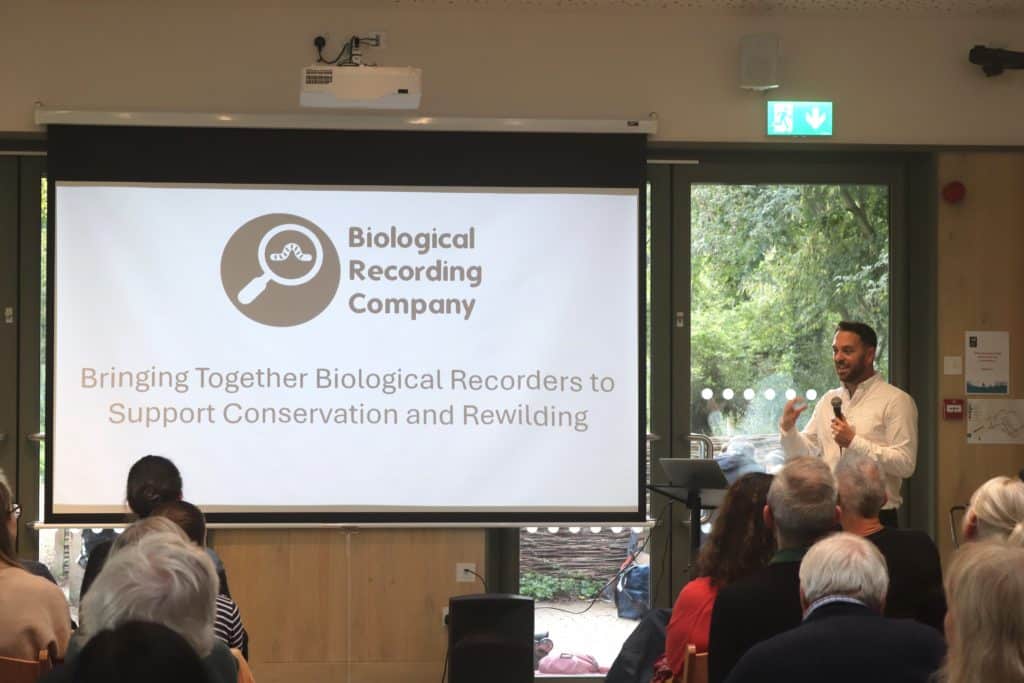
Leslie Williams, LNHS Lepidoptera recorder and GiGL verifier, gave valuable insights into London’s Sites of Importance for Nature Conservation (SINCs) and their importance to butterflies and moths. There are over 1660 SINCs in London which provide ample opportunity to record these insects. Leslie provided some slightly surprising but welcome ideas to combat the issue of recorders avoiding ‘the boring places’ which can lead to gaps in recording coverage. While waiting for your train for example, one can survey wildlife at either end of the platform. Some platforms in London are apparently so long that they extend into two tetrad squares – loads of recording mileage! These incidental and relatively undisturbed areas associated with infrastructure are often understudied but can provide important refuges for wildlife. The LNHS contribution to LDN finished with a brief overview of recent publications and upcoming events in their bumper calendar, all of which can be found on the LNHS website.
Clever design can lead to new engagement with nature
We were delighted to be joined by Siân Moxon of The School of Art, Architecture and Design, London Metropolitan University, to promote her work as part of the award-winning design and architecture project ‘Rewild My Street’ (RMS). Design dictates the decisions we make every day, and through RMS, Siân has merged beautiful architectural drawings with an ambitious vision of how London residents can relate to their non-human neighbours. The RMS website features practicable case studies for people living in all types of housing to help to understand the options available to them to integrate nature into their lives and homes, from toolkits on making balcony box ponds to a monthly newsletter with inspiration from around the world. We are proud to support RMS through promotion of the WildWays Survey – a new study combining design and behaviour change research (hurry it’s closing soon!)
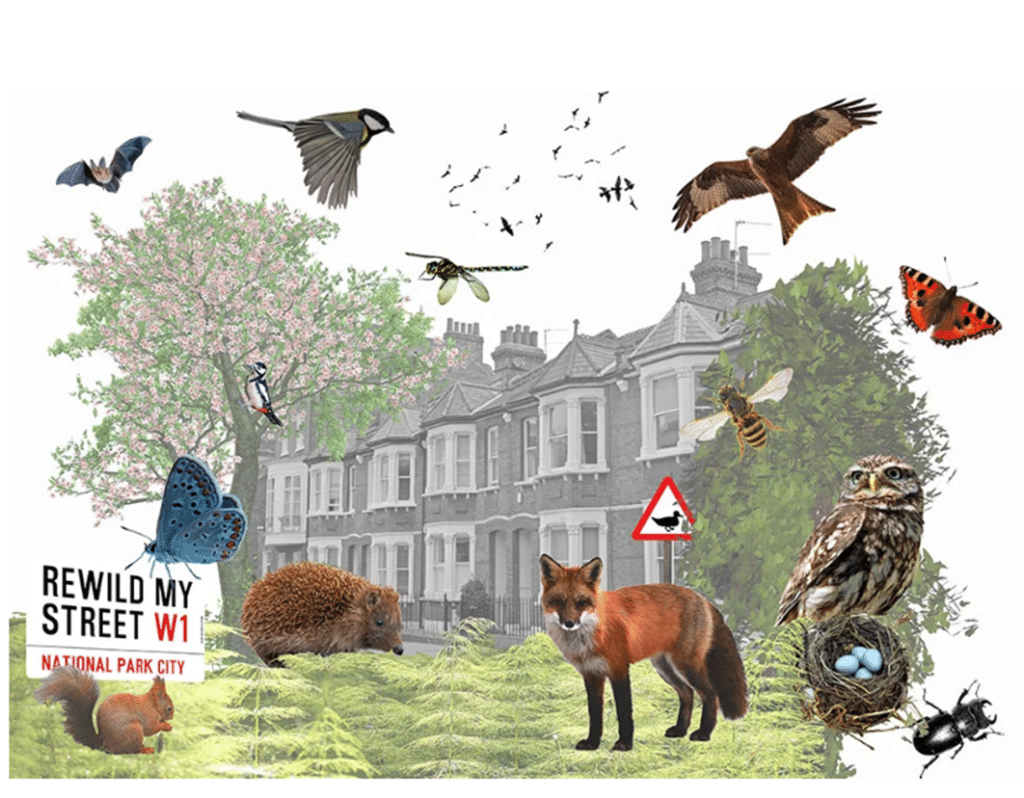
GiGL work with researchers and students from a range of disciplines from across London, the UK and beyond. To many academics, especially those not based within the environmental or biological sciences, record centres are a mystery. Through collaboration with researchers such as Siân, LERCs can show the relevance of our extensive datasets and modelled outputs to research on health, decision-making, design and more.
The Urban Nature Project (UNP) from the Natural History Museum (NHM) also recognises the clear need for presenting new options and engaging ordinary people from day one. Dr Abigail Lowe shared how co-design with Year 8 children was crucial to the development of the Museum’s latest participative science initiative – Nature Overheard. With the help of some curious young minds, the project evolved from the broad ‘how can we make roads for nature?’, to the specific ‘how does road noise impact insects?’. Abigail took us through how the audio data are processed using innovative AI to turn this into biological records. With the insect recording project on iNaturalist at over 800 observations already, we can’t wait to see how the rest of the project unfolds.
The UNP is pioneering participative science across the UK; I was lucky enough to speak at the Urban Nature Network launch event at Camley Street back in September, which could be an absolute game changer both for LERCs connecting to a wider community of nature enthusiasts as well as practitioners and volunteers more generally. There are a myriad of excellent and free resources produced by UNP to date: a series of identification guides, courses, a recording calendar (invaluable for novice site managers) and plenty more. You can also continue the conversation with fellow practitioners through the custom Urban Nature Network platform. GiGL and other LERCs across the country will be using it to engage with our community stakeholders and promote our services and events.
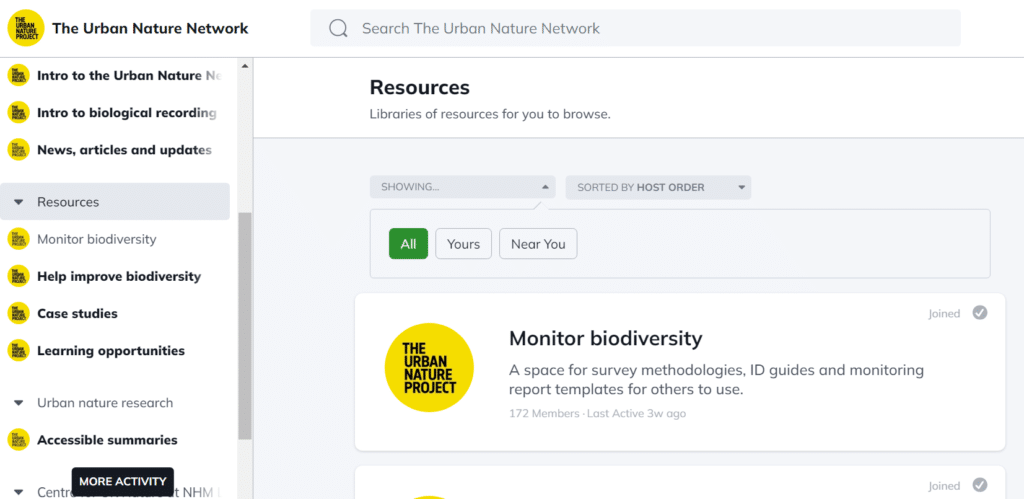
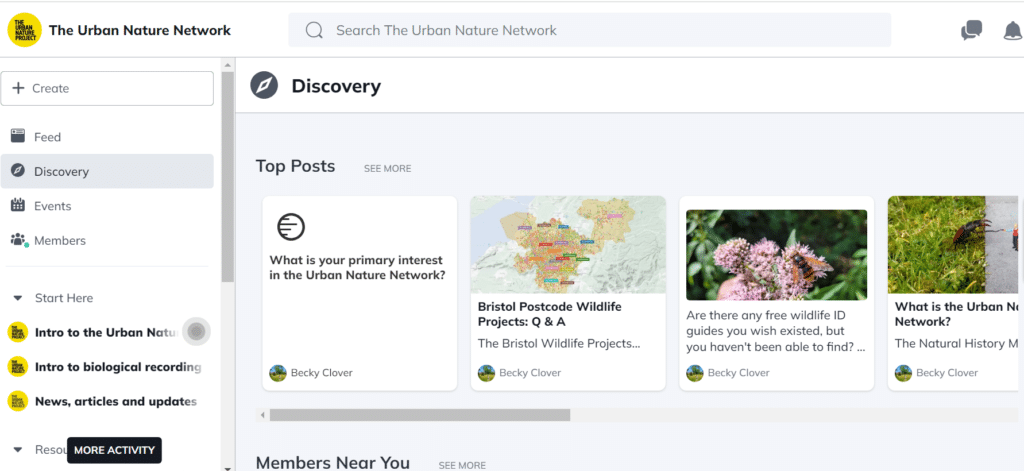
The now annual update on the UNP also gave us a chance to hear about progress on the Wildlife Garden redevelopment. At last year’s London Recorders’ Day, Dr Sam Thomas shared all the interesting species found on-site as well as alerting us to what was occurring in the bulbous protuberances sitting where once there was a pond. Happily, the experimental, artificial ponds are blooming – ‘a sourdough starter for wildlife’. Fingers crossed that the diversity within them will continue to prosper when returned to a more traditional waterbody. I’m sure that with the abundance of bioacoustic, eDNA and traditional monitoring, we will find out how this pioneering project is faring in no time.
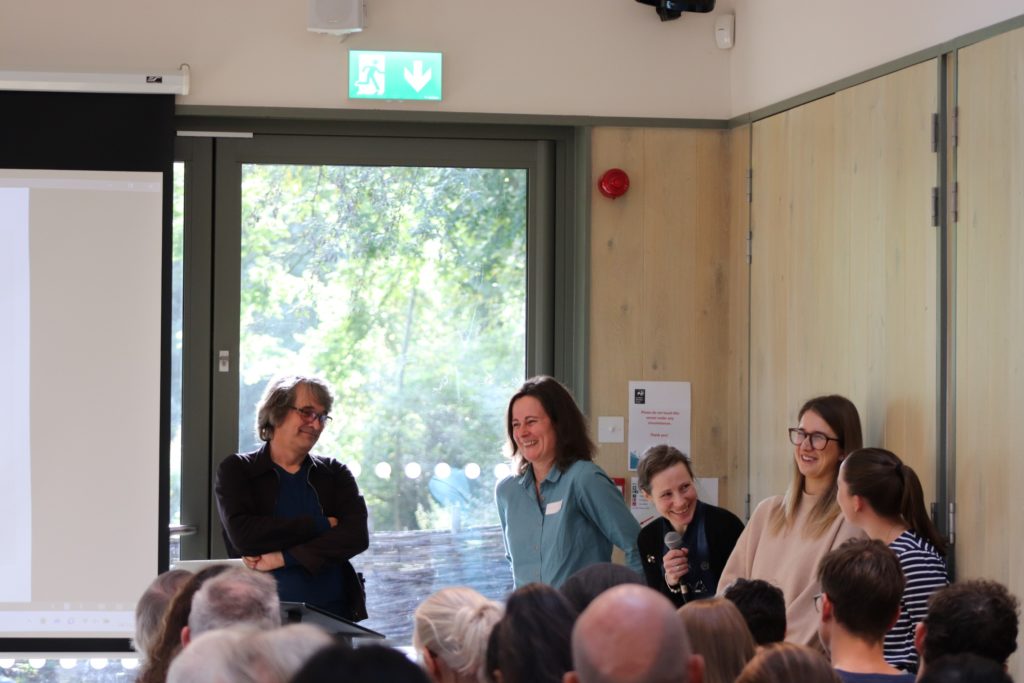
Comprehensive policy is key to effective implementation of environmental targets
Francis Castro has described the work of the UNP as the public face of London’s Local Nature Recovery Strategy (LNRS). He is a veteran of conservation and environmental regulation in London and now works at the Greater London Authority delivering London’s LNRS. He’s weathered the storm of iterative environmental legislation over the years – clearly distilled in his statement that LNRS are simply ‘BAPs with a map’ – something trialled and abandoned in different forms several times before. Though Francis is optimistic for how a LNRS can be a bottom-up chance to restore nature, he also delivered the grave warning that current Biodiversity Net Gain (BNG) will at best lead to no net loss and not the mandated 10% minimum gain. BNG will consider priority areas identified for each LNRS region to achieve strategic increases in on-site biodiversity for new developments. However, this gain is to be delivered over 30 years with monitoring and enforcement largely unfunded. In this darkness however, with the required direction and education, there is a great opportunity for mass participation of community scientists to help deliver on BNG. It’s clear that Francis is up to the task of delivering London’s LNRS, with plans to connect and expand the existing SINC network, tackle areas of deficiency in access to nature and public open space as well as better connect borough officers to build a network of BNG and LNRS implementation. GiGL is excited to support Francis in delivering these ambitious but necessary goals.
Though his talk was not focused on policy, the likely result that BNG at best currently represents ‘no net loss’ was echoed by Mathew Frith, Head of Policy and Research at the LWT. Mathew is a wonderful speaker and strong advocate for environmental protection. We have been delighted to have him speak at LRD/LDN over the years and the topic of this year’s talk was LWT’s new campaign ‘seeking the wild lights of London’ – namely the elusive and bombastically bioluminescent glow worm. Adult female glow worms flash their luminous rears to attract mates. Individually, females can be hard to spot in the wild, but collectively, a small population can produce a staggering display. Glow worm populations in London appear limited to a few locations, but this may also reflect a lack of recording effort. The voracious molluscivore’s larvae require limestone grassland and hedgerows to thrive – rare habitats nationally, let alone in London. One site possessing both is the LWT reserve Hutchisons’ Bank which has been the site of a recent survey. Though first results are less than promising, habitat improvement and a concerted push for records from the public will hopefully yield better results next year.
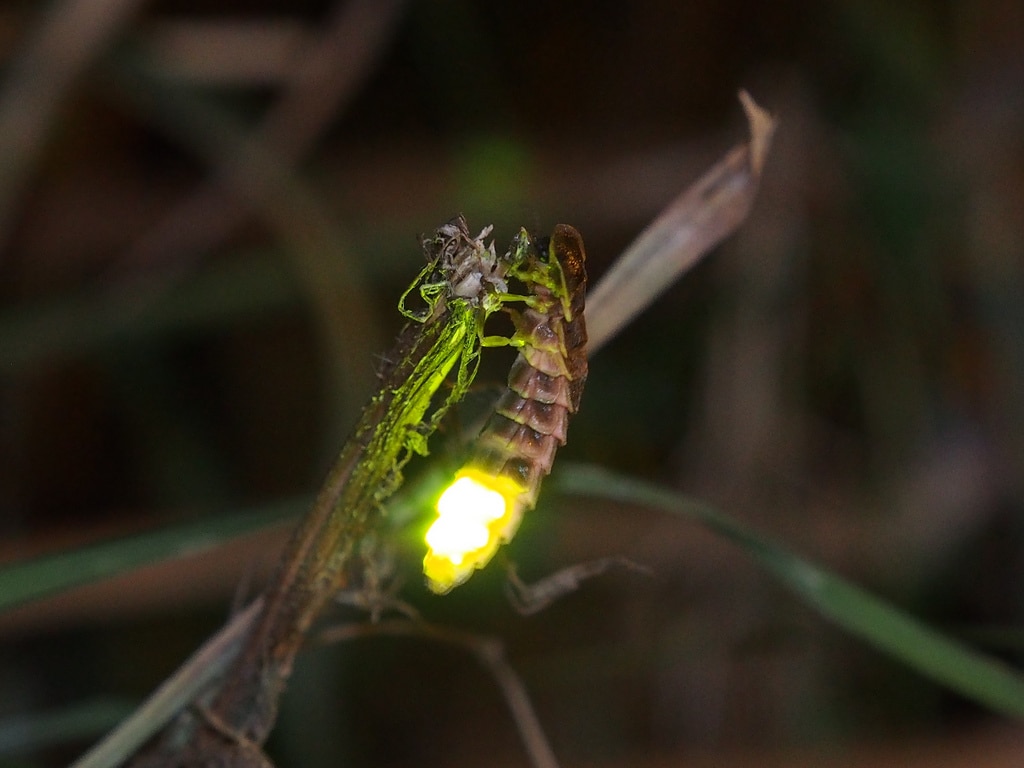
Implementation requires dedication
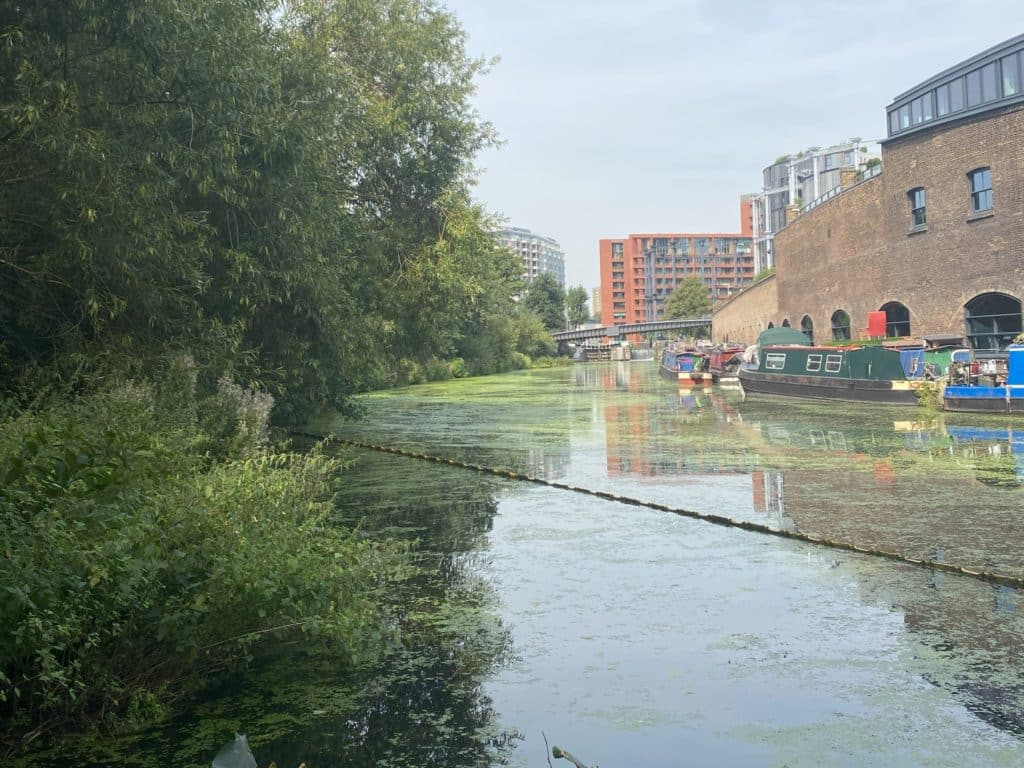
Our final speaker of the day was Gideon Corby, a Riverfly Monitoring Initiative volunteer, Wildlife Gardener of Haggerston and founder of the Old River Lee Restoration Project. Gideon shared examples of how strategic interventions which acknowledge the fundamental characteristics of an ecosystem can gradually have restorative effects on freshwater habitats. By adding berms (fallen trees or other large woody debris to the uninitiated) to water bodies, flows can be made more complex, mimicking natural processes. So, while you might not be able to change water flow at scale, you can have a significant, multiplicative, local influence. This is an apt metaphor for the work of Gideon and the other Wildlife Gardeners of Haggerston – beginning with local, guerilla actions and progressing to successes like ensuring that automatic blinds descend after dark in office blocks overlooking Regent’s Canal to prevent light pollution. It was inspiring to hear about this work and to then be able to see it in person on the Regent’s Canal in Camley Street. What a way to end the talks!
The Workshops
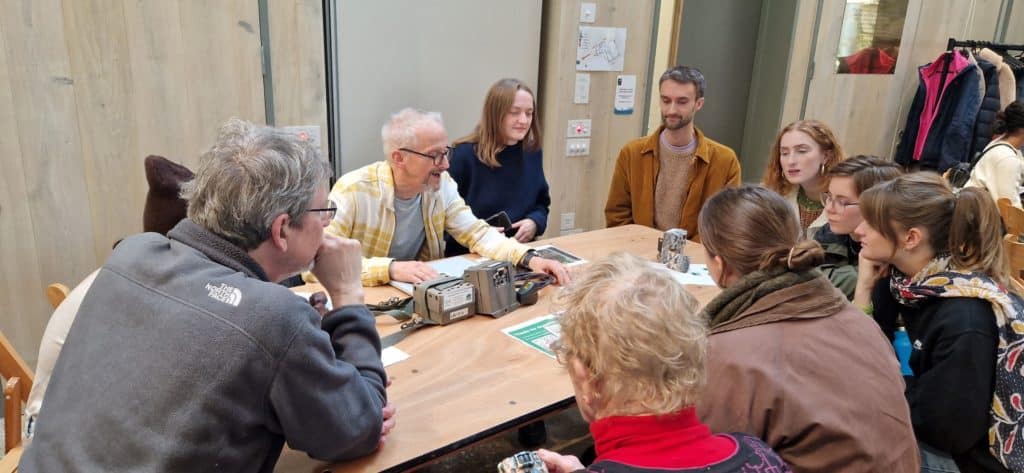
Wrapping up the day, we had a series of workshops – featuring Carbon Rewild (Stefan Zeeman), HogWatch (Professor Chris Carbone & Bella Horwood), several GiGLers sharing their latest work and Gideon graciously stationed by the floating islands in Regent’s Canal. The idea was to provide a chance for delegates to learn about lots of projects relatively quickly in an interactive and informal session.
Carbon Rewild is a business providing bioacoustic monitoring devices and data analysis, while HogWatch is a Zoological Society of London (ZSL) project utilising camera traps to monitor hedgehog populations. Both demonstrated the huge potential for using bioacoustics and camera trapping technology to passively monitor sites, allowing for data collection over a prolonged period which is instrumental for setting a sound ecological baseline. Both can also give insights into animal behaviour and migration patterns that individual observations might otherwise miss. The workshoppers were refreshingly transparent, sharing the limitations and difficulties that come with this tech, namely the huge amount of manpower and digital processing required to derive meaningful information from the mass of digital data, issues of data storage and the associated carbon and water footprint.
As humans, we tend to seize upon the latest tech as a solution to everything, rather than fitting it into the rich and complex pre-existing picture of ecological monitoring and conservation. When harnessed with traditional recording and surveying and honed by real people with taxonomic expertise and specific local knowledge, new technology has huge potential, for example, to help monitor a site over the mandated 30-year period for BNG. Where resources and people on the ground are limited, monitoring technologies including aerial/satellite imagery, eDNA, bioacoustics and camera trap recording can also help fill the implementation gap to monitor large areas quickly.
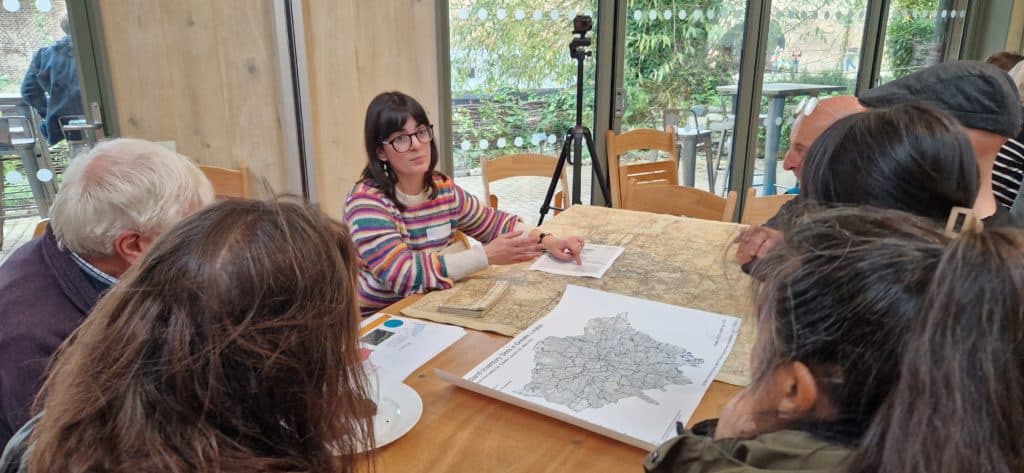
I would also like to say a big thank you to all the GiGLers who took part in a workshop. Everyone dived straight into the fray, despite having received little notice or instruction! A testament to a team overflowing with enthusiasm, reliability, and resourcefulness. GiGLers covered the Ancient Woodland Inventory Update (for which GiGL recently received a London Tree and Woodland award), River Restoration Mapping, Ecological Network Mapping and more.
This year was the first time we’ve tried this workshop format and while it was a great opportunity to connect and learn, next year we will iron out the kinks so that delegates have more time to visit each station and try to reduce the noise interference. Watch this space!
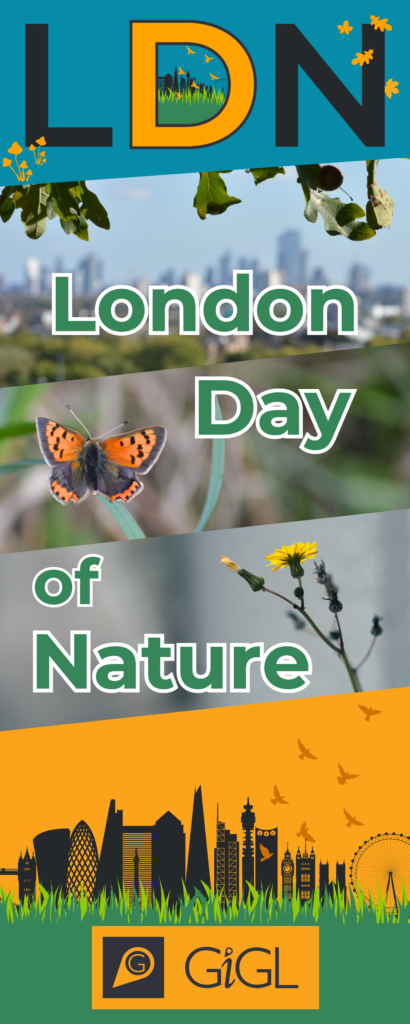
To wrap up…
I might be relatively new to the sector, but my scepticism for necessary and timely action being taken to mitigate the effects of climate and ecological crises (let’s stop kidding ourselves with the idea of a ‘reversal’), is deep and worn. But even I couldn’t help but be galvanised by the amazing people I listened to and met on the day. London Day of Nature beautifully continued the legacy of London Recorders’ Day – it was a joy to see more people of colour than at previous events and I believe this is in part a result of work like that of the Wildlife and Countryside Link to understand the barriers faced by POC in joining the sector and accessing natural spaces. It’s vital that we have all Londoners united behind the aim of protecting, expanding and connecting our natural spaces.
As people who already understand what is at stake, we need to unite everyone from the casual dogwalker to the bryophyte expert to take notice of the ‘baseline’ that exists around them and to encourage them to do what they can to help protect it now and into the future. We as specialists need to share our knowledge and love of the natural world to make it understandable, accessible and actionable to everyone. Many of our wonderful speakers are already doing exactly that – sharing latest research, educating widely (and freely!) and getting new groups involved. Through this, everyone becomes an ambassador for nature, everyone takes notice of what exists around them and realises that this isn’t normal. We can only achieve this through opening our arms and welcoming in new faces.
So as I did last year, I implore anyone reading, if you have any ideas as to how London Day of Nature can be made more accessible for people of any marginalised community, please, please get in contact with me or complete the feedback form for the event. GiGL wants to work with you and is committed to helping the sector grow.
